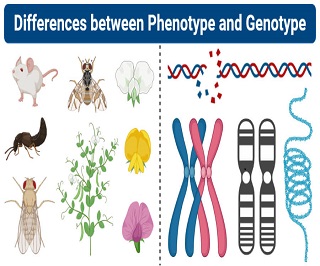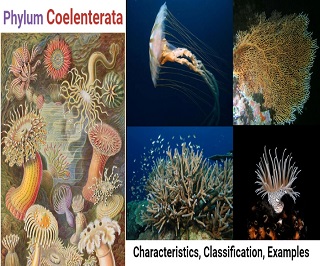Telophase In Mitosis And Meiosis (Telophase I, II)
Telophase In Mitosis And Meiosis (Telophase I, II) Overview What is Telophase? The telophase is both, the last phase of meiosis and the fifth phase of mitosis. Meiosis comprises two stages: telophase I and telophase II. Separation of the duplicate genetic material, which was contained in the nucleus of the parent cells. They eventually divide …
Telophase In Mitosis And Meiosis (Telophase I, II) Read More »









